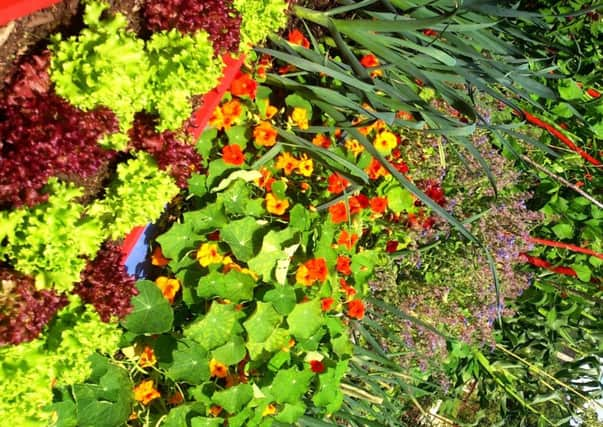And so to bed for dream vegetables


That may be over-simplifying things, but with a little bit of hard work, it’s quite possible to enjoy the tastiest of carrots, radishes, lettuces and a whole host more veg.
And if you don’t really have the room to grow crops for the table, just remember that size isn’t everything – you don’t need acres of space to produce a substantial harvest of good things to eat. Just create a raised bed – which is where the deep digging comes in.
Advertisement
Hide AdAdvertisement
Hide AdA raised bed, where the soil is dug deep and enriched with plenty of well-rotted manure and fertiliser, makes the most of limited space; it can also allow the gardener to extend the growing season and grow bumper crops.
And to make such a bed requires no special skills. A tape-measure, a spade and a strongish back can change the way you garden. Mark out the area (a maximum width of four feet is ideal), double dig the soil, work in all that lovely manure or compost, and the raised bed will soon appear.
To help keep it in shape, edge the bed with wood – six-inch boards are fine and help keep things neat and tidy.
Never stand on the bed – if you stick to the four-foot width, you should be able to reach the centre from either side – and every year simply dig over the soil and add a load more organic matter to help create a superb growing medium to produce superb crops.
Advertisement
Hide AdAdvertisement
Hide AdRather than grow in rows, position the plants in blocks so that eventually they will grow together with no space between – no soil visible means you’re making the most of the space.
And the benefits will also be obvious – great-tasting vegetables and no mess. A properly-constructed deep bed should also be an attractive addition to the garden. You can paint the surrounding boards to suit your mood, plant the smallest of vegetables safe in the knowledge that they won’t be trampled underfoot and keep a close watch for pests which, in a normal vegetable patch, can often go unnoticed until they’ve made themselves at home.